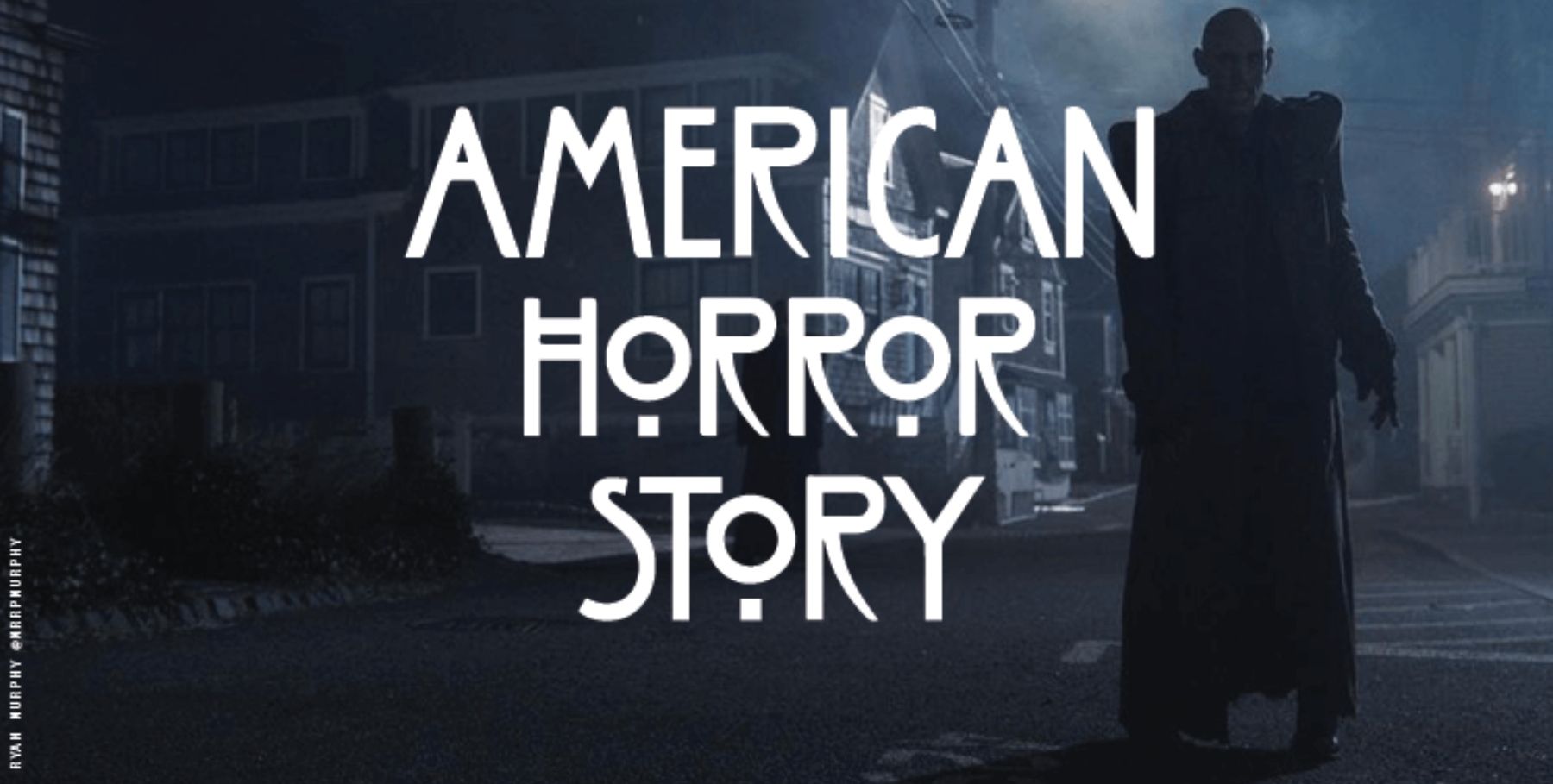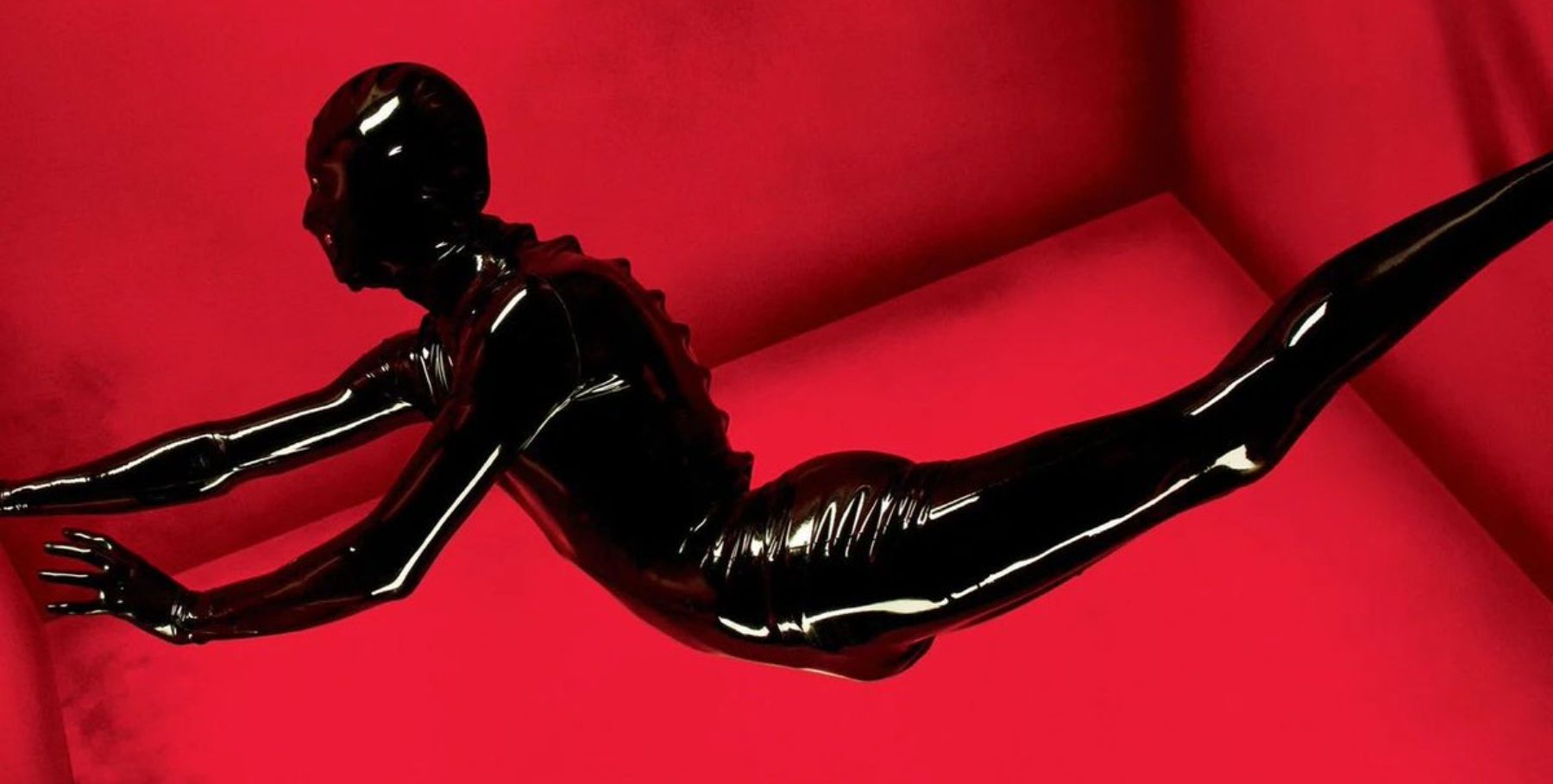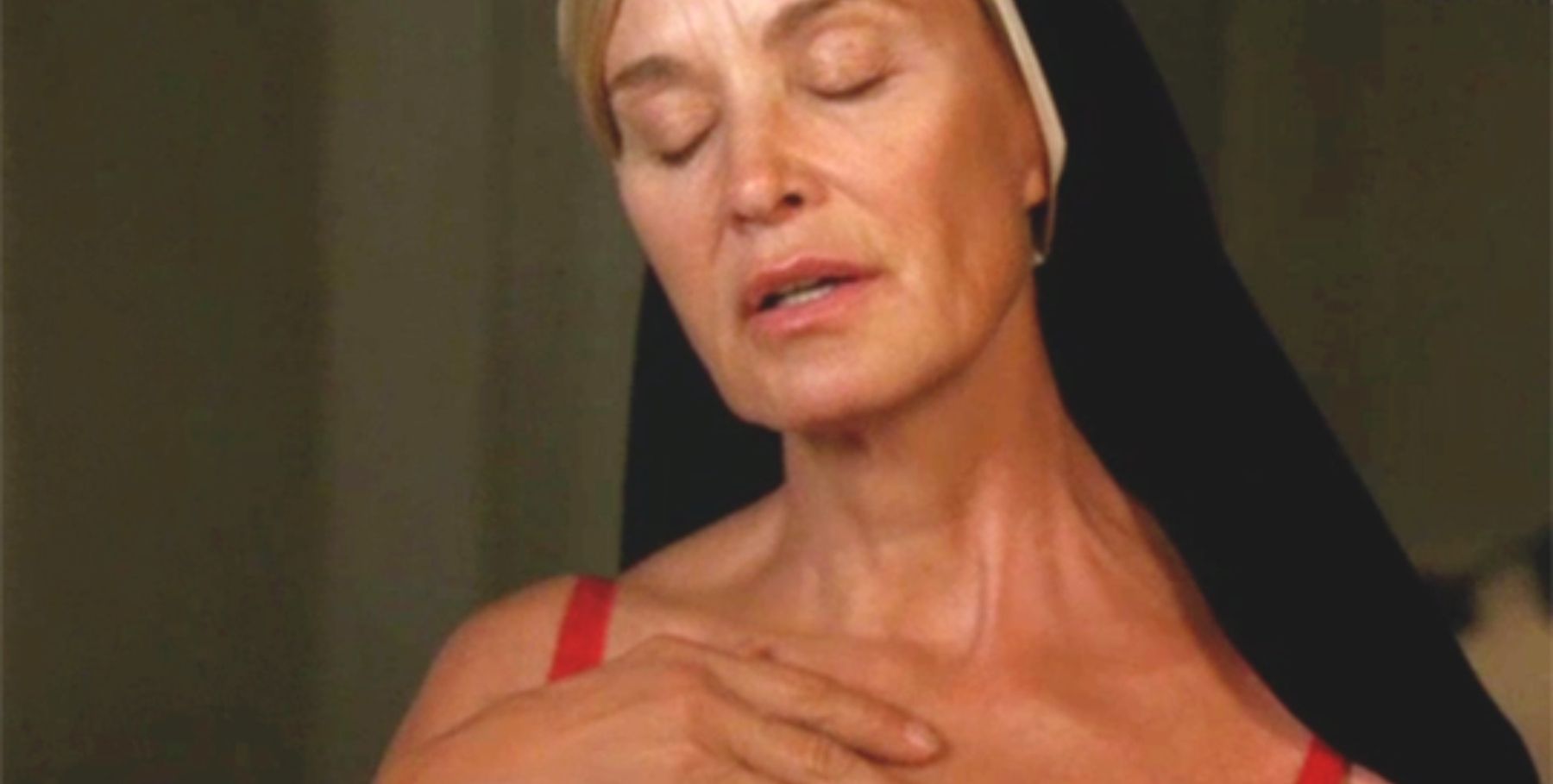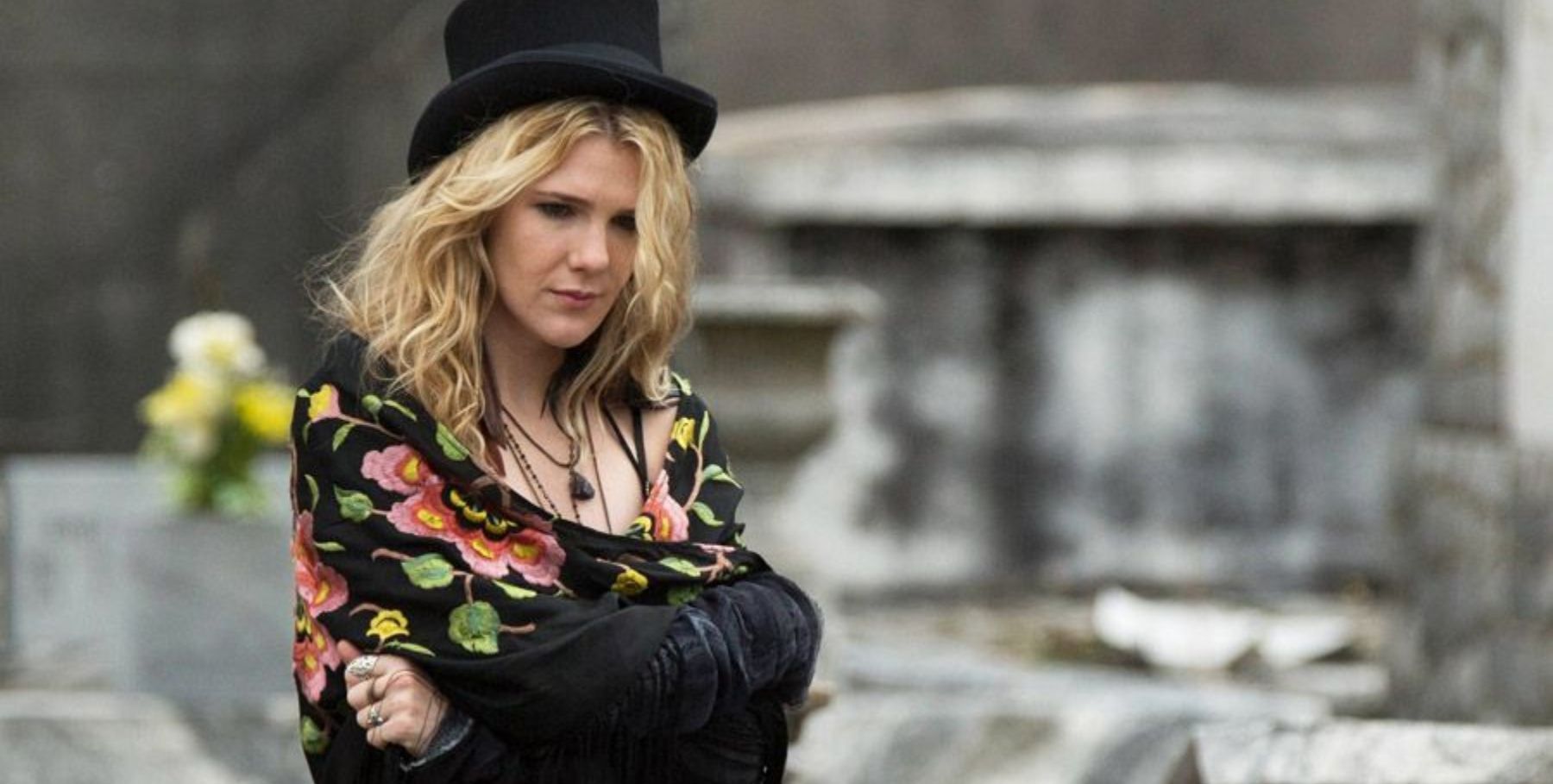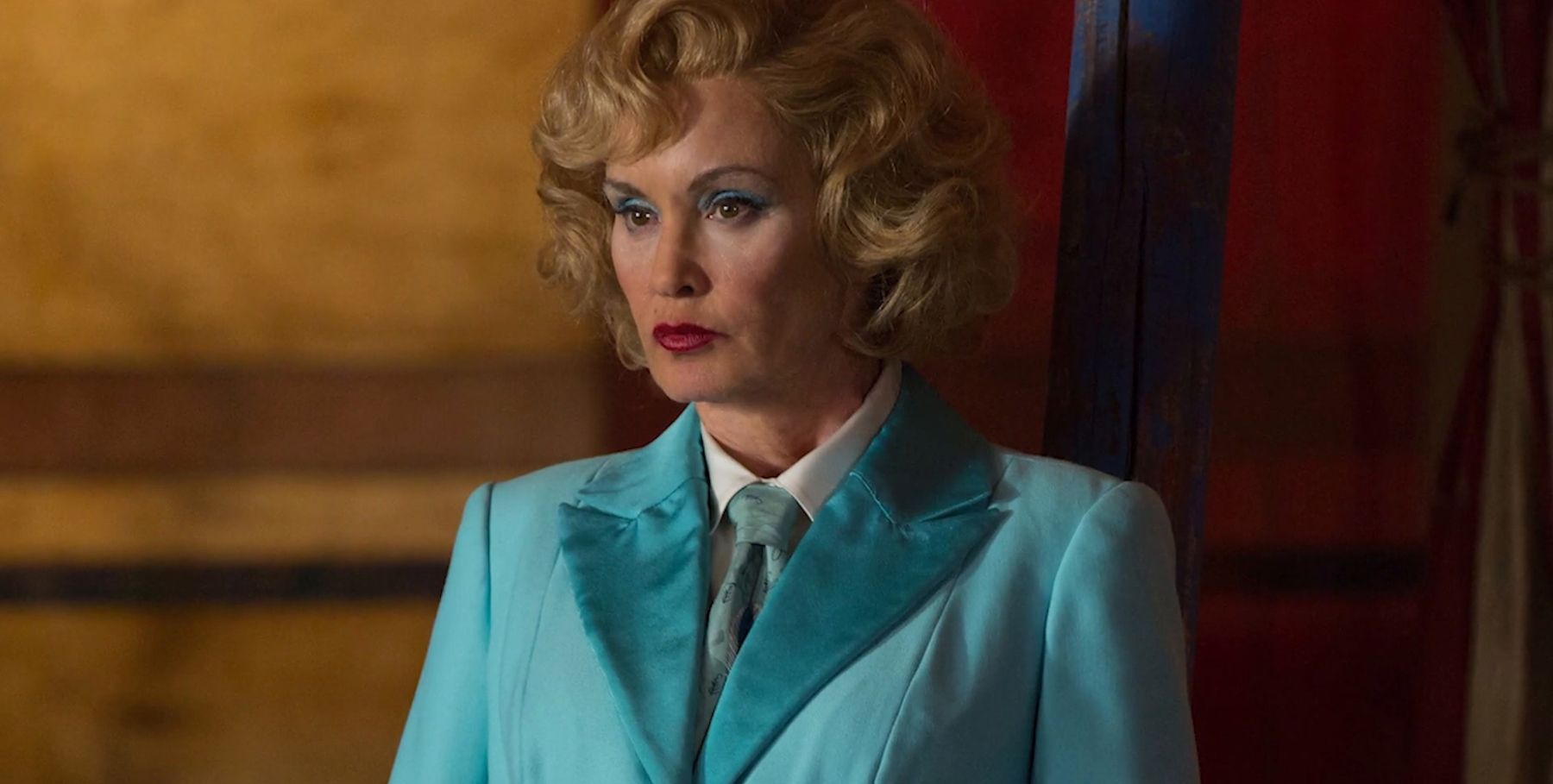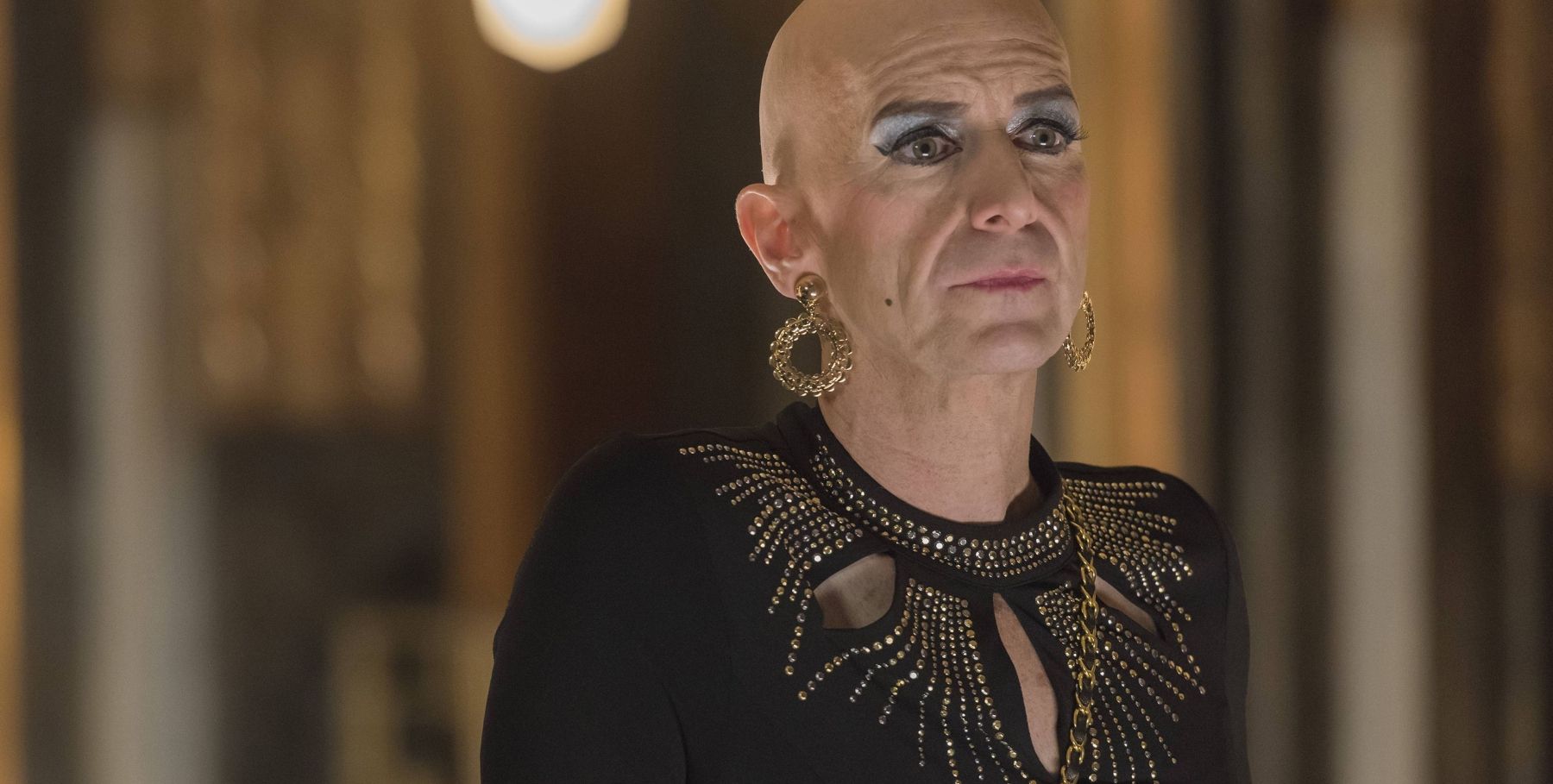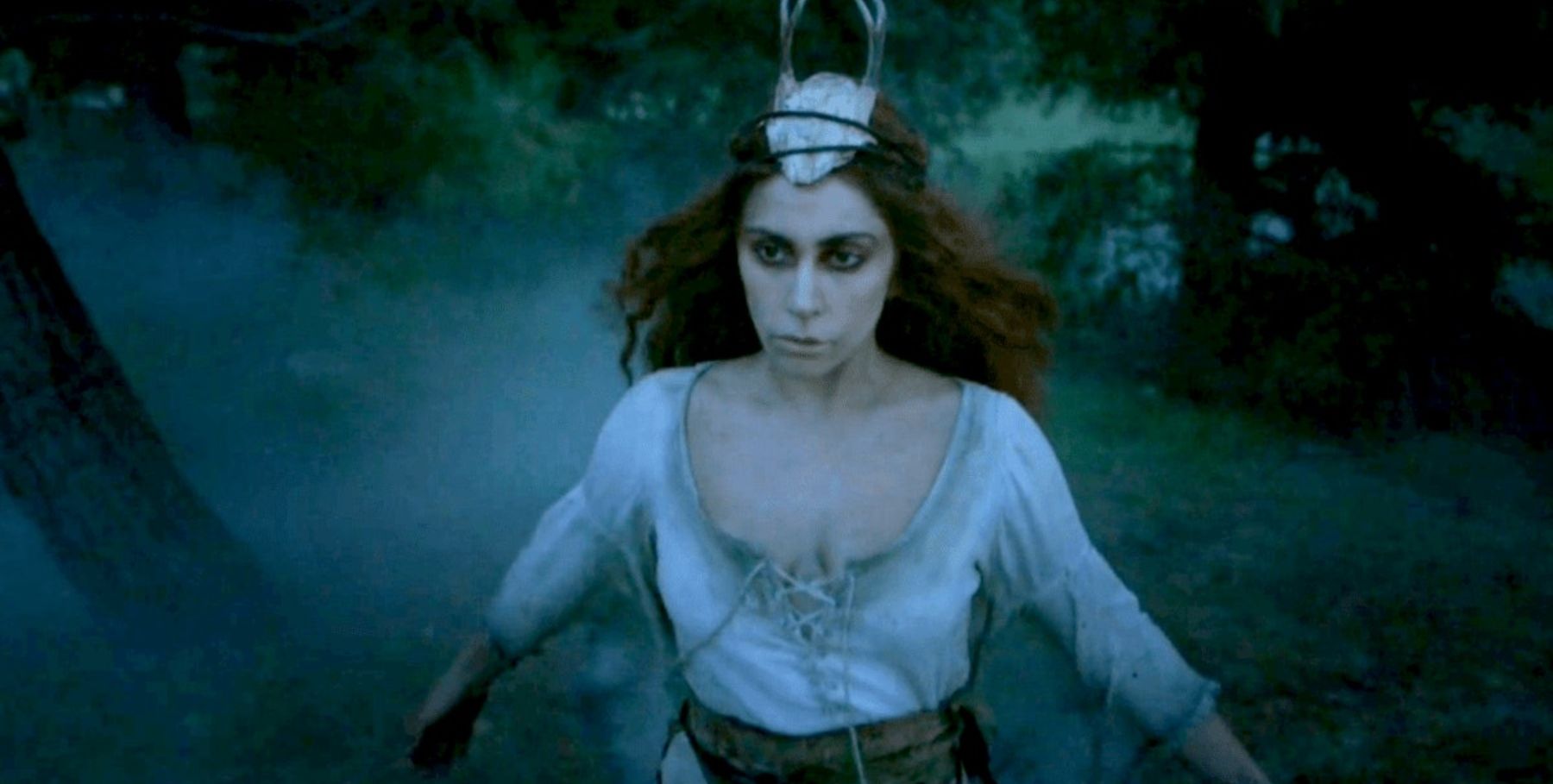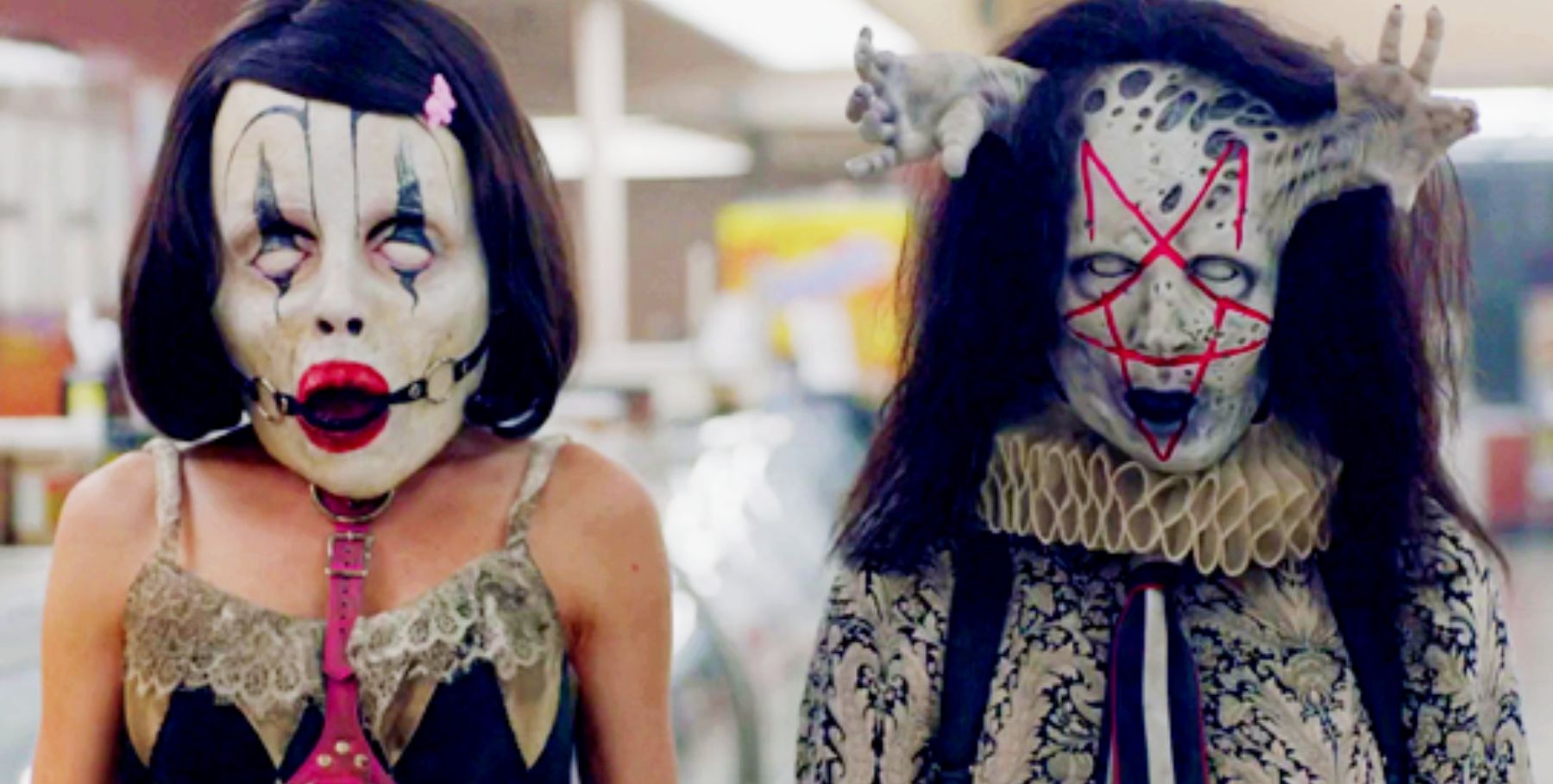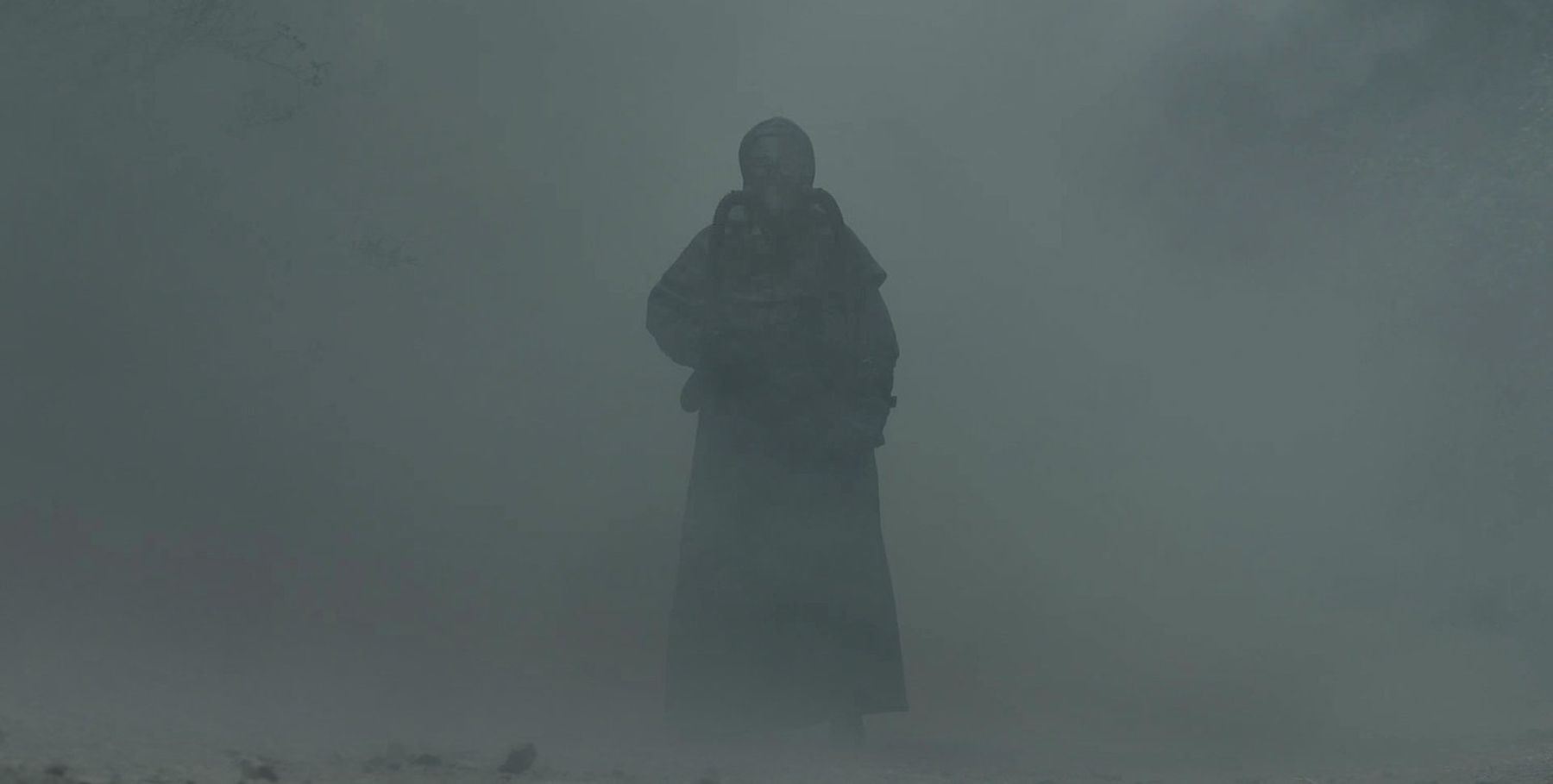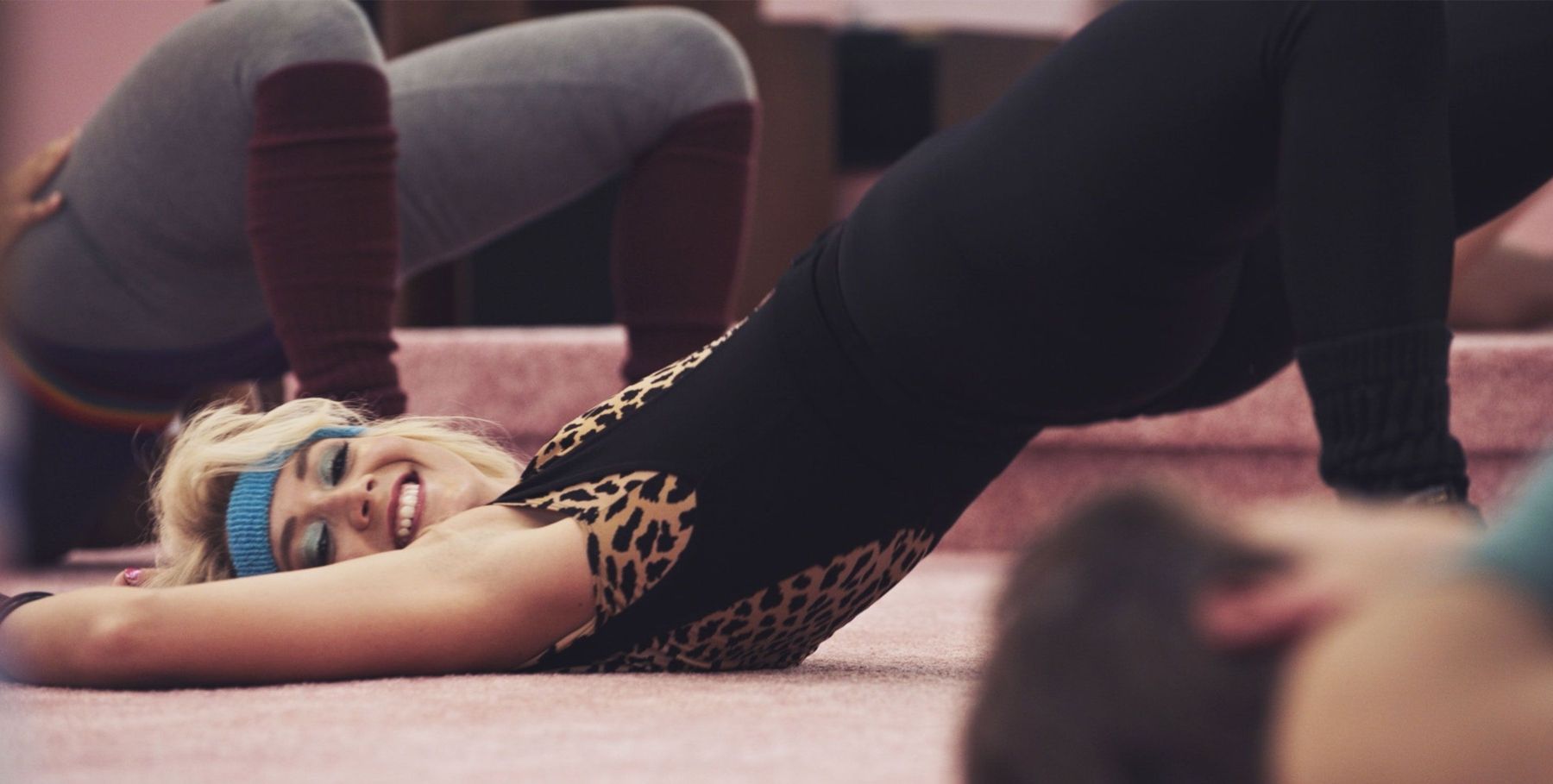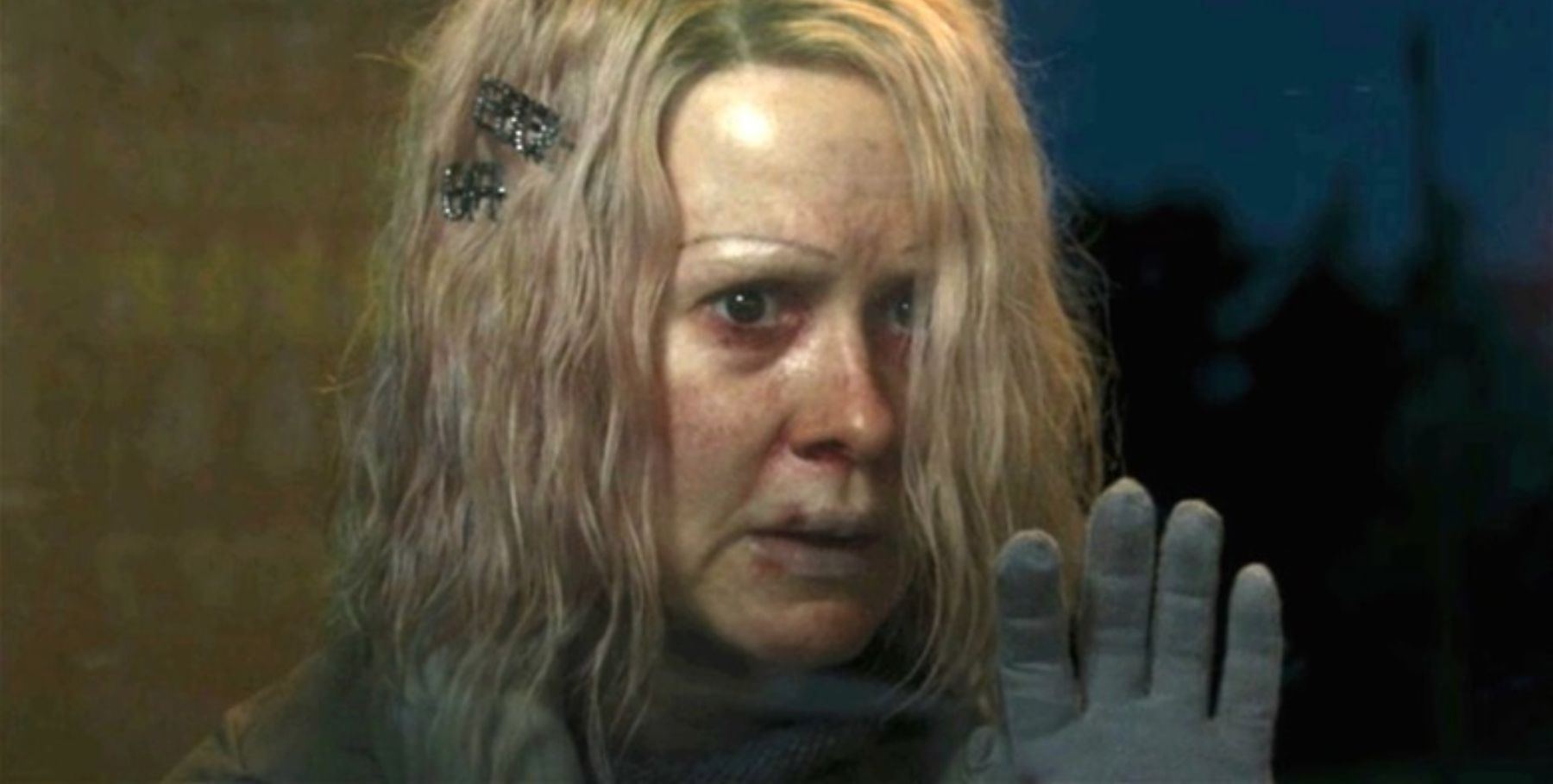Any fan of American Horror Story knows that nearly every feature of the show holds significant meaning and draws its inspiration from different parts of culture. The show commonly uses familiar stories or concepts but puts a unique twist on them, and the wardrobe is no exception from this.
Each season has its own staple outfits just as it has its own staple characters and locations. Considering American Horror Story follows seemingly different storylines, it allows for all new story elements and visuals, including the season’s fashion.
Because each season is intended to stand out as its own, many fans can recognize a season by the iconic outfits that belong to it. In fact, it’s arguable that the wardrobe of each season is the best visual to identify a season by, considering that the actors are reused to play other characters and the locations make appearances in other seasons. Further, because each season does have a couple of outfits in particular that are associated with the season they’re from, it’s easiest to examine them in order of seasons. Beyond that, the inspiration behind each outfit is drawn from different stories, people, and things which contribute to the particular meaning of those outfits in the show.
Season 1 (Murder House): The Rubber Man Suit
In season one, Murder House, easily the most iconic and disturbing outfit is the Rubber Man suit. Though Jessica Lange’s character, Constance, does don some fashionable pieces, they don’t quite have the same impact on the story. The rubber suit is originally brought into the house by Chad Warwick, until it is taken over by Tate Langdon’s spirit, beginning its cycle of involvement with evil. It is a very specific type of coverall and Ryan Murphy came up with the idea to use it in the show when he was looking through books and came across one from the 70s about properly caring for such an item. On the front of the book was an image of the exact suit that is used in the show and he was so struck by the eeriness of something that was supposed to be intimate that he decided to incorporate it into his horror.
Season 2 (Asylum): Sister Jude's Habit And Lingerie
In season two, Asylum, again the more appealing fashion of the journalist Lana Winters may linger in the minds of audiences but it’s not the most iconic attire of the season. Because this season was a period piece, every costume required research and pulled inspiration from historical criminals, newspaper images, and even the angel of death for Dr. Arden’s look. The most reflective outfit of Asylum, though, is Sister Jude’s nun habit over her red lingerie gown. Not only is the outfit a juxtaposition that symbolizes Briarcliff, but the lingerie was also specifically meant to be the color “ravish me red” because even the name implies lust which perfectly represents Jude’s fantasy.
Season 3 (Coven): Misty's Shawl
Season three, Coven, is possibly the most fashionable of all of the seasons considering it contains very different aesthetics between all of the different witches. The entire season pulls inspiration from New Orleans style. However, the most iconic look of the season probably belongs to Misty and her 70’s style shawl. Of course, the inspiration for this piece comes from Stevie Nicks, who prefers shawls for their durability and how they jazz up the movement of a look.
Season 4 (Freak Show): Elsa Mars And Her Colorful Dresses
Season four, Freak Show, color was the motivating theme for the costumes. Color was meant to make the “freaks” stand out as the wondrous performers they really were, as opposed to the dark monsters people tried to make them out to be. Because of that, one of the brightest outfits had to go to the mother of the freaks, Elsa Mars, who at one point begins the show with a performance in her dashing powder blue suit. Murphy actually allowed Jessica Lange to select most of the wardrobe for her character because of her eye for fashion and her long-lasting love of the circus which began in the ’50s.
Season 5 (Hotel): Liz Taylor's Iconic Look
The fifth season, Hotel, again has many grand looks, including those served by the fashion icon herself, Lady Gaga. While a lot of collaboration did go into creating the looks for the countess, the most iconic wardrobe of the season possibly belongs to her creation, Liz Taylor. While there is some debate that the character herself is based on a real drag queen that works in a hotel in LA, there’s no questioning that the character’s style is derived from the early Hollywood star, Elizabeth Taylor.
Season 6 (Roanoke): The Scathach
While many looks are present in season six, Roanoke, easily the most memorable is the costume for Gaga’s character, the Scathach. The character herself is based on a character in the Ulster Cycle of Irish Mythology, where she is known as a Scottish female warrior that teaches others how to be a warrior to the same degree, though in the show she is the original supreme and thus a teacher of witches. In the show, she is adorned in a dirty, medieval-looking white dress, with a makeshift crown of antlers on her forehead. Her look pulls inspiration from the historical fashion of the medieval druids she’s based on and the many witch characters used as inspiration in designing her clothes.
Season 7 (Cult): Clown Masks
With season seven, Cult, it’s easy to say that any of the outfits could be viewed as iconic considering that this is a season based on following icons, and as a result, jumps around in time to lots of different celebrities. While nearly every element of this season is pulling inspiration from some part of pop culture, the most fascinating piece is probably the clown masks. Each of the masked cult members wears a mask that is entirely unique and reflects the flaws or true intentions of their wearers. The choice of using clowns in particular is likely a nod to the season’s message about how foolish it is to put so much faith in a singular person.
Season 8 (Apocalypse): The Plague Doctor
Season eight, Apocalypse, almost seems to return to that fashion-packed feel of Coven, but even darker in tone (if that’s possible). Nonetheless, one tops them all. Michael Langdon’s dark, mysterious, and gender-fluid wardrobe not only perfectly reflects the tone of the season, but also demonstrates that he belongs to a new age of evil. In particular, the antichrist’s plague doctor mask seems to sum up the focus of the season. The look stems from the historical plague doctor but was mixed with more modern, dystopic, features to make it fit the storyline better, creating the “plastic plague doctor.”
Season 9 (1984): Montana's Spandex
It’s pretty obvious that season nine, 1984, pulled most of its creative influence from pop culture icons of the ’80s. The one note that Murphy gave designers for the season's aesthetic was that it “drip with sex”. As a result, among all of the tightly clothed and big-haired characters, Montana Duke’s outfits stood out as particularly reflective of the tropes of the ’80s. In particular, her spandex clothes and huge, blonde hair reveal her similarity to 80’s horror film actor, Linnea Quigley. While none of the show’s designers have confirmed that the actor’s roles were the inspiration for Montana’s character or her look, many fans have recognized the connections between the two.
Season 10 (Double Feature): Tuberculosis Karen
The tenth and final season up until this point is Double Feature. Though the significance of the wardrobe of this season feels less palpable than the prior ones, it still has its staple piece. This is a season that balances the old with the new, as the first half is set in the present and the second half is set in the ’50s. Like many of the other seasons that visit a different time period, the costumes for the 50’s portion of the season are clearly based on prominent figures of 50s culture. On the other hand, the inspiration for the wardrobes of the first half that’s set in the present day, are less obvious, including the most iconic look that belongs to Tuberculosis Karen. Her wardrobe is made up of dull, dingy clothes that appear quite weathered, evidently based on the clothes that homeless folks often must wear, which is how her character illustrates how society overlooks and mistreats people in her position.
There’s no telling what even the theme of the next season of American Horror Story will be, let alone the wardrobe of it, but fans can bet that it will be worth the wait. No matter the concept of theme, viewers can anticipate that the story, characters, and wardrobe will all be well researched, inspired, and reflective of the show’s message. In the meantime, this impeccable consideration of tone and imagery through design can be seen in most of Murphy’s other works, particularly connected shows, like American Horror Stories.

